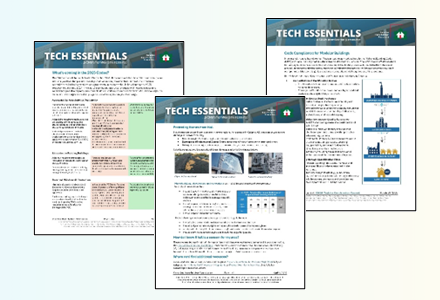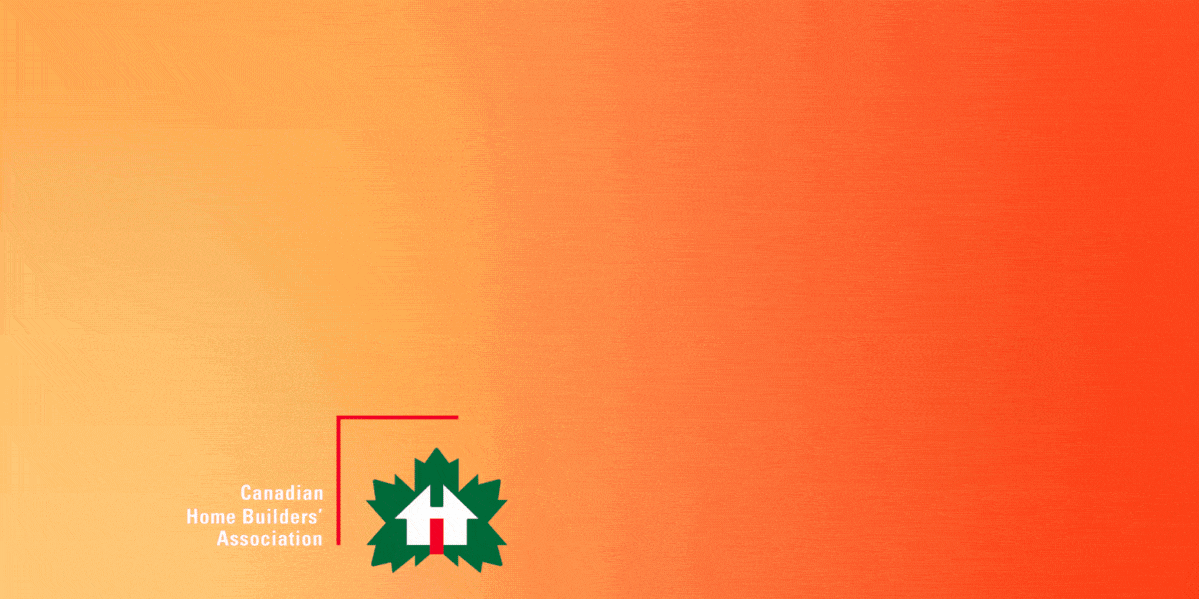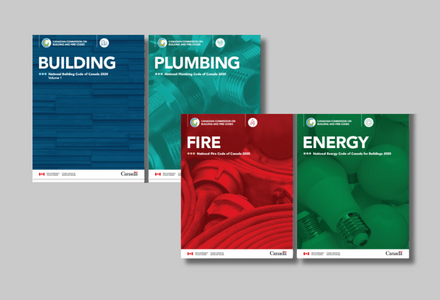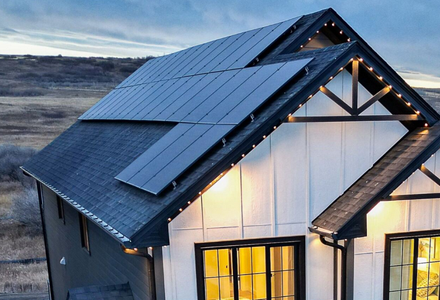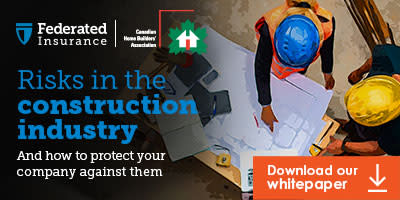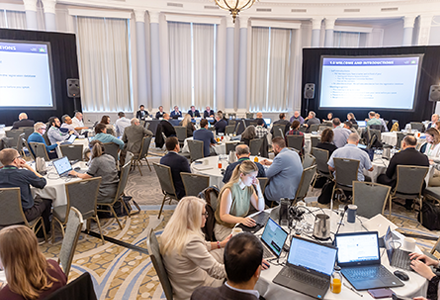Welcome to Housing Tech News
This e-publication is exclusive CHBA Member content, providing you with updates on the efforts of the CHBA Technical Research Committee, including information on technical research, changes to code and standards, and related events and communications. If there is a colleague in your company or a fellow CHBA member who should be receiving this content, we'd like to help you share it. However, don't just forward this email—that allows other people to unsubscribe you. Instead, please email us with the person's name, company name, and email address and we'll create an account for them and then let them know.
|
In this issue:
- New Resource: “Tech Essentials” now available in the Knowledge Center
- New Requirements for Wind and Earthquake Resistance
- CHBA Representing Members on New National Model Code Committees
- Are Solar Panels Really Zero-Emission Solutions?
- What’s on the agenda for the Technical Research Committee at Home Building Week in Victoria?
- Further Reading: News Articles
|
New Resource: “Tech Essentials” now available in the Knowledge Center
The CHBA Technical Staff is excited to announce the arrival of a new technical resource for members, now available in the CHBA Member Knowledge Center. At the last Technical Research Committee meeting, members indicated they wanted simple one-pagers on technical subjects. These new “Tech Essentials” include a concise description of a technical topic, along with key facts and tips. Some of the first subjects in this series are: upcoming changes to the 2025 National Codes, code compliance for modular buildings, and hail resistance of roofs. In addition to the newly added “Tech Essentials,” the Member Knowledge Centre continues to provide CHBA members with access to building code meeting briefs, CHBA policy positions, and backgrounders. You will also find links to the Code Adoption Timelines of Provinces and Territories and a quick lookup table for climatic data from the National Building Code (Table C-2 Climatic Design Data, Appendix C). Visit the Member Knowledge Center now or email Alex Bols for more information.
|
New Requirements for Wind and Earthquake Resistance
In the past, the lateral load requirements in the National Building Code (NBC) only applied in locations with high wind and earthquake loads. The 2025 NBC will remove the exemptions for low wind and earthquake locations and apply lateral load requirements everywhere in Canada. This means builders may need more wood-based sheathing on interior or exterior walls and stronger fasteners. Even though CHBA has long advocated at codes committees for simple prescriptive solutions and exemptions for low-risk homes based on actual performance, the 2025 code changes are still overly complex, likely resulting in engineering being required for most homes as regulators may not have sufficient time for the additional drawing review, raising costs without clear evidence of structural failures. To prepare CHBA members for these new requirements, a Tech Essentials one-pager on lateral loads is available in the Knowledge Center, and a Backgrounder will follow soon. In addition, CHBA recommends that builders consider using these additional resources to learn about designing for lateral loads:
|
CHBA Representing Members on New National Model Code Committees
CHBA staff from the Tech Team were recently appointed to 11 of 13 newly created National Model Code Committees (NMCCs). CHBA is now an “Association Stakeholder,” which means CHBA has a seat at the table and can participate on Task Groups, but we cannot participate in Working Groups and do not get a vote in final consensus decisions. This is a new and unfortunate rule that attempts to avoid undue influence from special interest groups. CHBA members’ interests are very broad, and CHBA does not advocate for a single cause, so we will continue to push for inclusion. In another new change, proposed changes for Part 9 construction may now be discussed by any and all of the 13 NMCCs, which greatly increases CHBA’s effort to monitor changes. Due to these changes, CHBA is advocating for the reinstitution of a coordination committee like the previous code cycle’s Standing Committee on Housing and Small Buildings to more efficiently focus on housing. In the meantime, if you are interested in participating on any of the following committees or their Task Groups (we will announce them as they are struck) please contact any member of CHBA’s Tech Team. For more information, please contact Jack Mantyla. The National Model Code Committees on which CHBA has a seat are:
- Climate Change Adaptation
- Climate Change Mitigation
- Housing Supply
- Indoor Environment
- Reference Documents
- Seismicity
- Harmonization of Alteration to Existing Buildings
- Climatic Data
- Fire and Life Safety
- Harmonization
- Accessibility
|
Are Solar Panels Really Zero-Emission Solutions?
CHBA staff are regularly involved in codes, standards, and voluntary programs where greenhouse gas emissions (GHG) are a key topic. One common question often asked is whether solar panels are really zero-emission solutions, because emissions are released during their manufacturing, material extraction, transportation, and eventual recycling of the panels. These are known as life cycle emissions, which represent the total GHGs associated with a product’s full life span. For easier comparison with other fuel sources, a research paper published by the US based National Renewable Energy Laboratory (NREL) analyzed photovoltaic energy sources using a life cycle emission factor that adds up all associated GHGs in grams of CO2 equivalent emissions per kilo Watt hour (kWh) of generated energy (gCO₂e/kWh). For solar panels, this life cycle emission factor is estimated to be around 43 gCO₂e/kWh, which is significantly lower than the estimated life cycle emission factor of natural gas (486 gCO₂e/kWh) or coal (around 1000 gCO₂e/kWh) according to NREL. So, are solar panels zero-emission energy sources? Strictly speaking, no, but they are a very low-emission solution compared to other home energy sources and – in some regions in Canada – solar panels are currently the only practical answer to building low-emission homes. For more information, please contact Bilal El-Zaylaa.
|
What’s on the Agenda for the Technical Research Committee at Home Building Week in Victoria?
The Net Zero Council (NZC) and the Technical Research Committee (TRC) will hold a joint meeting on the afternoon of Sunday, May 11th to discuss the implications of home electrification. The members will hear about barriers to electrification that builders across the country are experiencing, such as unnecessary electrical panel upgrades. Members will discuss possible solutions and suggest next steps for the industry. CHBA will also poll meeting attendees on the most pressing technical subjects on which further technical documents, backgrounders and technical webinars are needed. The TRC will continue its meeting on the morning of Monday May 12th to discuss National Codes adoption and implementation issues with officials from the BC government. Members will also learn about a new approach CHBA is taking on assessing costing code changes and other issues facing the industry, and how a BC builder tackled more affordable construction of multi-unit housing.
|
News Articles
This section includes articles that you might find interesting. They do not necessarily reflect the views or opinions of CHBA.
|
The Canadian Home Builders' Association
141 Laurier Avenue West, Suite 500
Ottawa, ON K1P 5J3
communications@chba.ca
|
|

